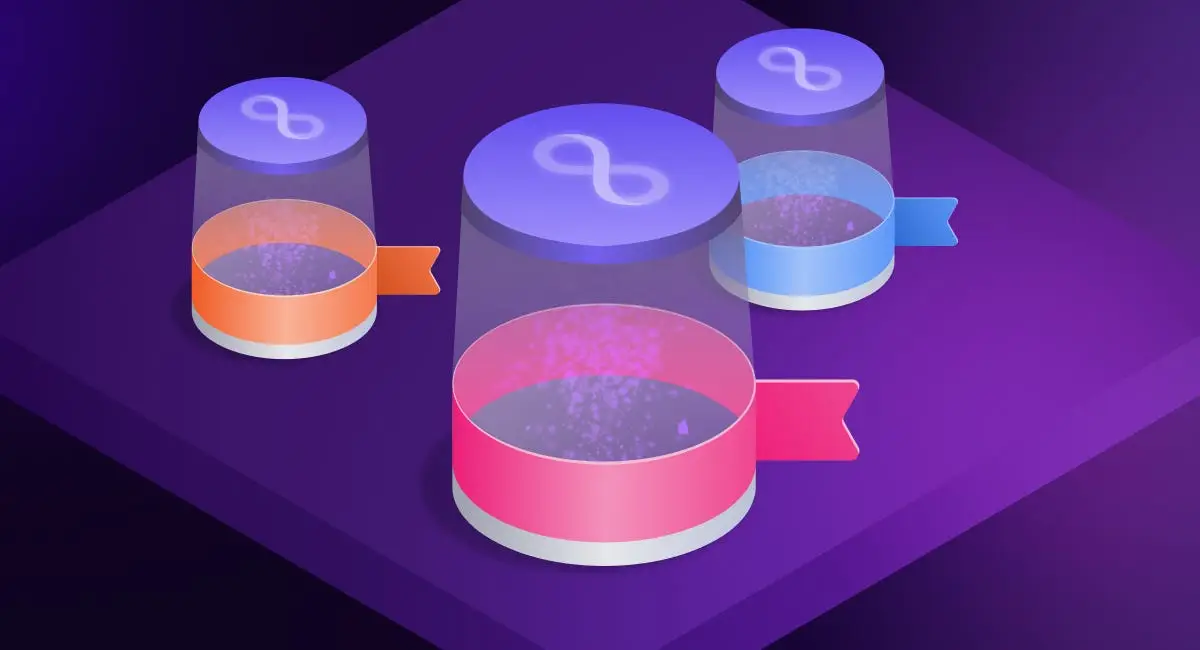Canisters on the Internet Computer (ICP) revolutionize the way smart contracts work on blockchain networks.
A canister is essentially a smart contract that combines code and state, making it a powerful tool for developers.
Unlike traditional smart contracts, canisters are designed to scale and interact seamlessly with other canisters.
This makes building and managing Decentralized Applications (dapps) more efficient and robust.
When you use a canister, you get a compute unit that bundles both the source code and software state.
These canisters are compiled into WebAssembly modules, which handle execution and storage.
Each canister uses resources like CPU cycles, bandwidth, and storage, which are paid for with cycles that you can obtain by converting ICP tokens.
With canisters, you can create dapps that are easy to manage and deploy.
Some canisters even offer web interfaces that let users interact with the dapp directly through their browsers, enhancing the user experience.
Dive into the details of canisters and discover how they can transform your approach to building applications on the blockchain.
Understanding canisters on the Internet Computer

Canisters serve as the bedrock of smart contracts on the Internet Computer. They bundle code and state and can be used to build decentralized applications (dapps).
The following sections provide detailed insights into their capabilities, architecture, and the programming languages used.
Defining canisters and their capabilities
Canisters are akin to smart contracts on other blockchain platforms. They combine code and state, enabling them to store data and execute commands.
A canister’s source code is compiled into a WebAssembly module, which allows it to run within a secure and efficient execution environment.
Canisters can scale, supporting applications with complex and high-performance needs.
Key capabilities of canisters:
- Interoperability: Canisters can communicate with each other and share data.
- Security: They have built-in mechanisms to authenticate users and manage permissions.
- Asynchronous Execution: Canisters support both synchronous and asynchronous computation, enhancing performance and responsiveness.
Architecture and lifecycle of a canister
The architecture of a canister involves compartments for both code and stable memory.
When you deploy a dapp on ICP, the source code transforms into a WebAssembly module.
Lifecycle stages:
- Creation: Canisters are generated using the Internet Computer Protocol (ICP) and are assigned a unique identifier.
- Deployment: The compiled WebAssembly module is deployed to a subnet, where the canister can interact with others.
- Execution: Canisters process inputs, execute code, and manage their state.
- Maintenance: Ongoing updates and management, such as manipulating stored data, ensure they perform efficiently.
Programming models and languages
Canisters are primarily developed in languages that compile to WebAssembly. This includes Motoko and Rust.
- Motoko: A specially designed language for the Internet Computer, Motoko leverages an actor model, which aligns with the asynchronous nature of canisters.
- It features a robust type system and high-level abstractions ideal for dapp development.
- Rust: Known for its performance and safety features, Rust is another popular language for writing canisters.
- Rust’s efficiency and minimal runtime overhead make it suitable for building and deploying reliable canisters on ICP.
Operational aspects of canisters
Managing canisters on the Internet Computer involves a variety of tasks and features that ensure smooth operation, security, and efficient interaction.
Canister management and interaction
Canister management encompasses creating, updating, and deleting canisters using tools like DFX and the Command-Line Interface (CLI).
Each canister is identified by a Canister Identifier, allowing easy reference and interaction.
You can send queries to retrieve data or asynchronous messages for initiating processes.
Controllers manage permissions and can perform various actions such as starting or stopping a canister.
You also work with the ICP Token for resource allocation and ensuring the canisters function as expected.
Advanced features and performance tuning
Advanced features include the Upgrade Mechanism, allowing seamless updates to deployed canisters without data loss.
Canisters use WebAssembly (Wasm) Module Instances and linear memory to handle state and computation efficiently.
Performance tuning includes managing network bandwidth, optimizing memory usage, and setting a freezing threshold to prevent resource exhaustion.
You can integrate with services like Bitcoin or HTTPS outcalls, enhancing canister functionalities.
Bidirectional message passing and deterministic processes ensure reliable operations across subnetworks.
Security and governance
Security is maintained through authentication with Internet Identity and Principal entities. They control access to canisters.
Canisters have immutable aspects once deployed, securing source code and API functionalities.
Governance mechanisms like the Network Nervous System and Service Nervous System oversee decentralized applications (dapps). They make decisions based on consensus.
Permissions and replication of canisters across nodes ensure robustness and reliability. This is crucial for internet-scale services.
Effective governance is key to maintaining decentralized and secure operations.
